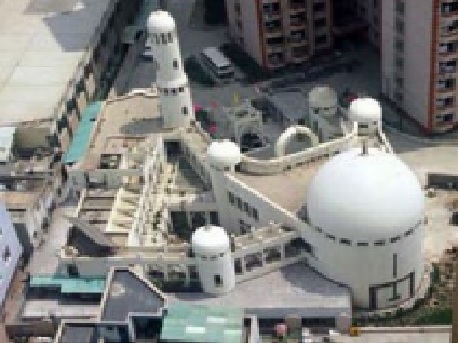A Review on the Roofs’ Design Influencing the Physical Environment in the Naturally Ventilated of Mosque Buildings
DOI:
https://doi.org/10.31033/ijemr.13.3.16Keywords:
Domed Roof, Indoor Air, Mosque, Pitch RoofAbstract
The modern pitch and domed roofs design of the Malaysian mosques was created as a symbolic of Muslim place of worship besides functioning as a filter to the outdoor climate. Malaysia is a country that is famous for the high air temperature and relative humidity and inconsistent air movement of local climate which can influence the indoor environment. The different roof designs of Malaysian mosques also give impact to the believers in conducting prayers and other activities inside the mosques. Therefore, this study is to investigate the difference of roof design that influenced the thermal comfort and believers’ convenience in the mosque's building. It was found that the traditional roof design of mosques in Malaysia was the pitched roof with two and three-stacked mosques whereas most of the modern roof design was the domed roof. Both the pitched and domed roof of the mosque's design had the ability to control the indoor air distribution inside the mosque building. The pitch roof had the ability to control the circulation of the indoor air movement to achieve the equilibrium state whereas the domed roof could stratify the outdoor cool air to replace the hot indoor air inside the mosque building. Therefore, the future researcher could focus more strategies in order to improve the roof design of mosque for better indoor air inside the mosque building.
Downloads

Downloads
Published
How to Cite
Issue
Section
License
Copyright (c) 2023 Nur Baitul Izati Rasli, Nor Azam Ramli

This work is licensed under a Creative Commons Attribution 4.0 International License.











